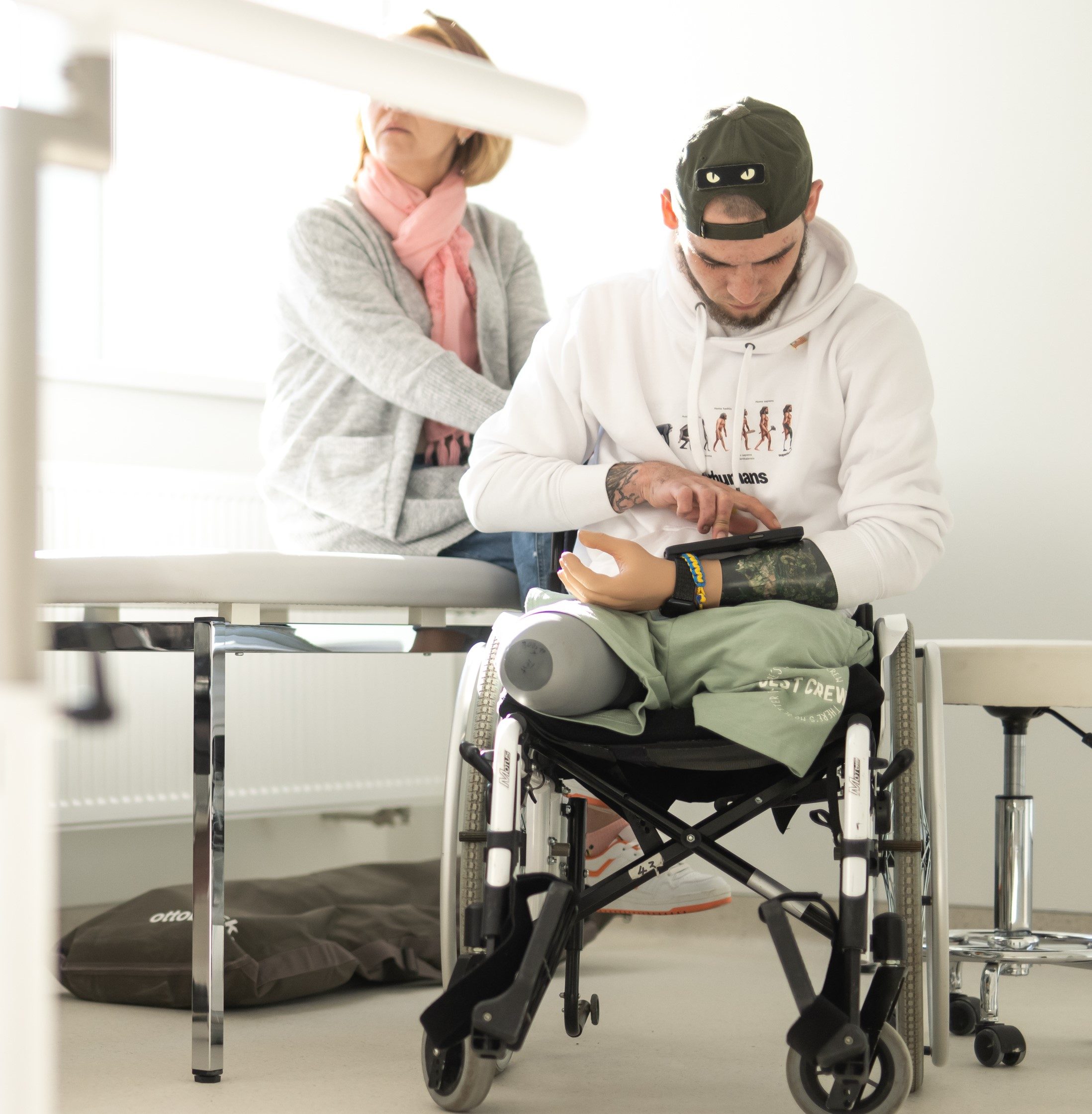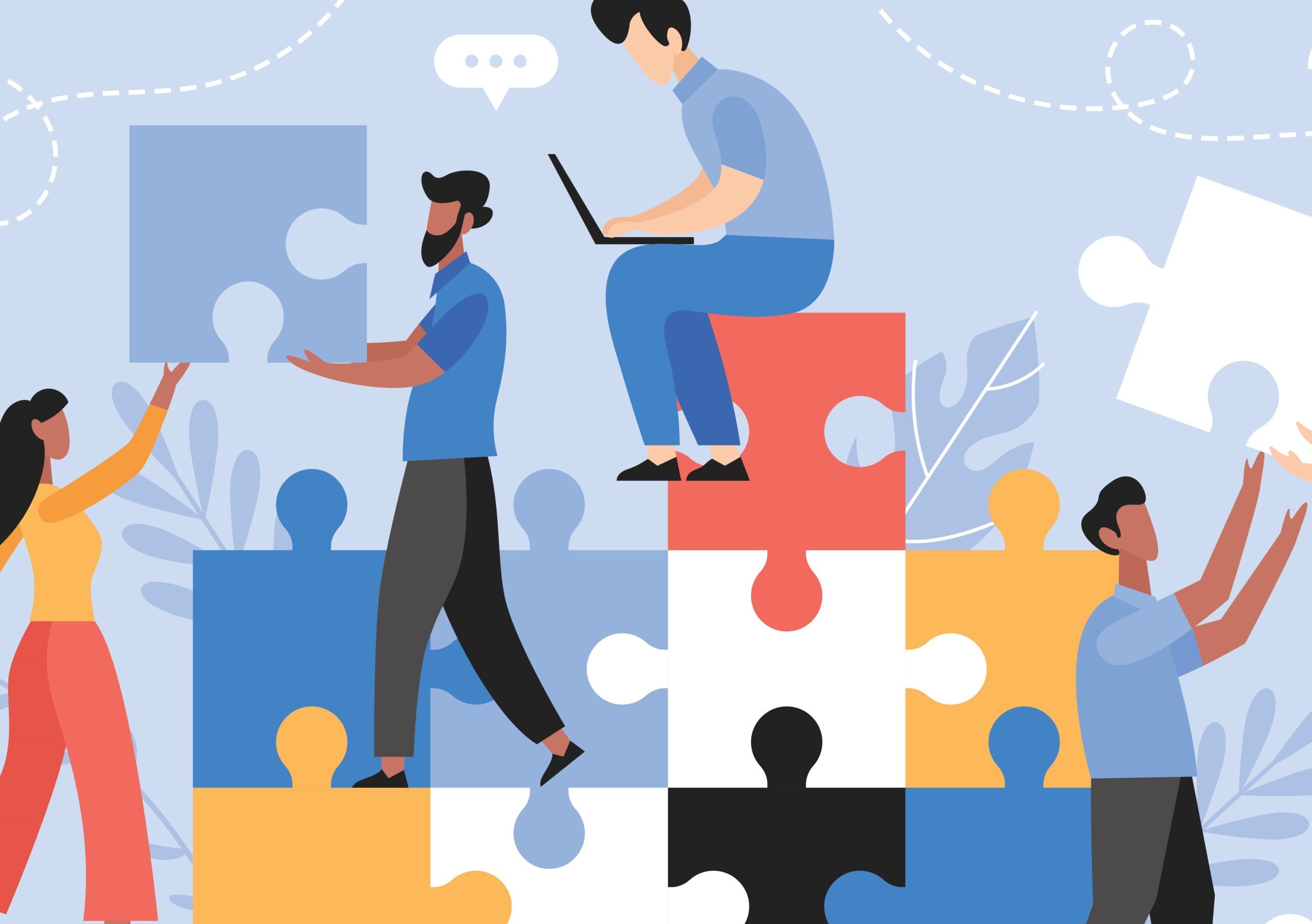Looking north
Discover how digital innovations are making an impact in Norwegian hospitals, helping to improve all aspects of healthcare through digital wayfinding and workflows, advanced patient monitoring and establishing ‘quiet hospitals’
Just across the North Sea, you’ll find a healthcare system very similar to Britain’s NHS. Norway’s public healthcare system is divided into four Regional Health Authorities, which echoes Britain’s NHS Trusts structure, and it is funded by general tax revenue and national and municipal taxes (the income tax rate is 22%), with coverage universal and automatic for all residents (with some stipulations). However, Norway spends significantly more on healthcare than the UK each year – the equivalent of £5,7681 per person, compared to our £3,477. 2
Perhaps as a result of this increased spend, Norway ranks 12th overall in the World Index of Healthcare Innovation (a comparison of healthcare systems in 32 high-income countries, which assesses systems across four categories: Quality, Choice, Science and Technology, and Fiscal Sustainability – the UK is 15th), performing best in the Quality category thanks to its modern health system infrastructure (2nd) and its ability to monitor and measure preventable diseases well (9th).3
The European Observatory on Health Systems and Policies found in their ‘Norway: Health system summary’4 produced in 2022 that: “Norwegians live longer and healthier lives than most other Europeans, with the gains over recent decades partly attributable to effective and high-quality prevention measures and treatment. Norway also has a well-developed system of long-term care, with long-term care receiving close to a third of the total public spending on health. There are efforts to make the health system more age-friendly and address mental health problems. Norway is also working on further strengthening primary and community care by reforming primary and hospital care, improving co-ordination between various types of care, and adapting medical education to future health needs.”
Part of the story of Norway’s success is the digital innovations in the country’s healthcare sector. Østfold Hospital was one of the first in Norway to implement a quiet working environment, where the audio signals from patient alerts were turned off. The hospital implemented a solution created by DNV Imatis – a provider of healthcare software and IT – that is integrated with multiple areas, including clinical and administrative systems such as electronic health records, lab systems and positioning solutions, among others. It has also developed solutions for orderly services, cleaners and patient alerts. Instead of noisy alarms and call bells, patient alerts are received on staff’s mobile phones, with the nurse pressing a button in the room to switch it off when attended to. This benefits all hospital users, providing an improved, less stressful working environment for staff and a quieter hospital for patients to recover and their families to visit.
“This has given us a completely ‘quiet hospital’. All patient alerts go directly to the staff’s role-based mobile phones, and there is no noise from alerts in wards and patients’ rooms. We only realised the importance of this when we had to turn on the sound system during an upgrade in 2019,” explains Dr Helge Stene-Johansen, Director of Organisational Development at Østfold Hospital.
The hospital has further adapted the solution by creating a workflow whiteboard that provides real-time insights into key performance indicators, waiting times and bed occupancy so the hospital can streamline operations, reduce patient waiting times and enhance overall efficiency. The solution has also been used for important support services, such as cleaning and orderlies. Cleaners have an overview of bed occupancy, the discharge of patients and infection, while orderlies are assigned tasks from the digital whiteboard by a nurse. They receive these via mobile phone and can easily accept or forward while maintaining a full overview of their work tasks.
Similarly, St. Olavs University Hospital in Trondheim uses DNV Imatis’ solution for alarms, alerts and messaging, with more than five million conversations, alarms and illness notifications sent annually across 3,500 phones. Putting all the relevant information, resources and people at staff’s fingertips improves communication and saves time across the hospital.
St. Olavs has also been working with VitalThings to develop what they call “the patient monitor of the future”, a contactless sensor for vital signs detection and analysis. The monitor has been integrated into the emergency department at St. Olavs, with the goal of finessing a fully developed sensor system with associated app solution on service phones. The continuous and contact-free monitoring of heart rate, respiration, temperature, oxygen saturation in the blood, awareness and blood pressure means staff can identify health deterioration earlier, initiate treatment and prevent unnecessary disease development.
As the NHS looks to integrate more digital solutions to work smarter, they could take inspiration from our Scandinavian neighbours, whose similar healthcare system provides a proving ground for how these innovations improve things in the real world.
FOOTNOTES
1 [https://www.statista.com/statistics/953052/health-expenditure-per-capita-in-norway/]
3 [https://freopp.org/key-findings-from-the-2022-world-index-of-healthcare-innovation-e2a772f55b92]
© Dialogue Content Marketing Ltd 2025.
This article was taken from the January 2024 edition of FORTIS magazine.
FORTIS magazine is a Health Spaces Limited publication. Opinions expressed in FORTIS magazine are not necessarily those of Health Spaces Limited or Dialogue Content Marketing Ltd. Material contained in this publication may not be reproduced, in whole or in part, without prior permission of the publishers. No responsibility can be taken on behalf of advertisements printed in the magazine.
FORTIS magazine – read more
This article was written for the January 2024 edition of FORTIS magazine; a forum for the NHS to share ideas, innovations and case studies. To read the publication in full and access digital copies, visit FORTIS magazine. FORTIS magazine is free for NHS change-makers and leaders and is available as a print or digital copy. FORTIS magazine is managed and owned by Health Spaces Ltd.



